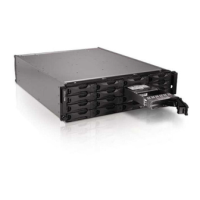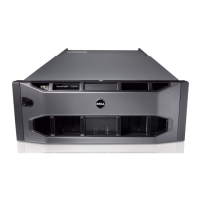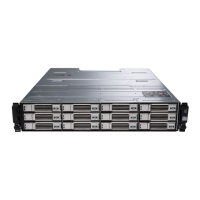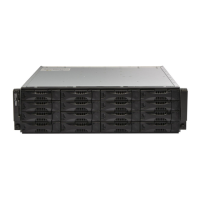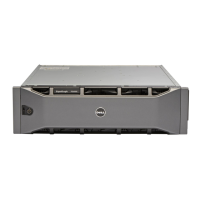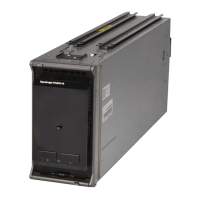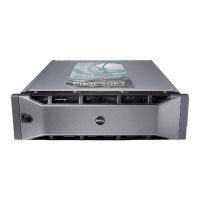March 2013 Dell EqualLogic Configuration Guide v14.1 3-27
Table 8 RAID level characteristics
Raid policy Recommended usage scenarios
configurations
Applications and workloads requiring the
highest levels of I/O performance for
random writes.
Systems containing 10K and
15K RPM drives.
RAID 6 Situations in which I/O performance for
random writes is not a key factor.
Applications requiring the highest levels
of data protection and reliability.
Systems containing 24 or
more drives.
Systems containing 7200
RPM SATA or Nearline SAS
(NL-SAS) drives.
RAID 6
Accelerated
Optimizes the use of solid-state drives
for critical data.
Supported only on arrays
that contain both solid state
(SSD) and hard disk (HDD)
drives. For these systems, it
is the only available RAID
policy. It is not a user-
RAID 50 Applications requiring an optimal
combination of performance, availability,
and capacity.
Systems containing fewer
than 24 drives.
Systems containing 10K and
RAID 5 Dell recommends against using RAID 5
for any business-critical data, although it
may be required for certain applications,
depending on performance and data
availability requirements. RAID 5 carries
higher risks of encountering an
uncorrectable drive error during a
rebuild, and therefore does not offer
optimal data protection. RAID 5 can only
be configured using the CLI.
N/A
3.3.1 Performance and availability characteristics of the supported
RAID levels
Table 9 compares the performance and availability characteristics of the supported RAID levels. The
first column lists workload requirements, with the other columns respectively listing each RAID level's
characteristics with respect to each requirement.

